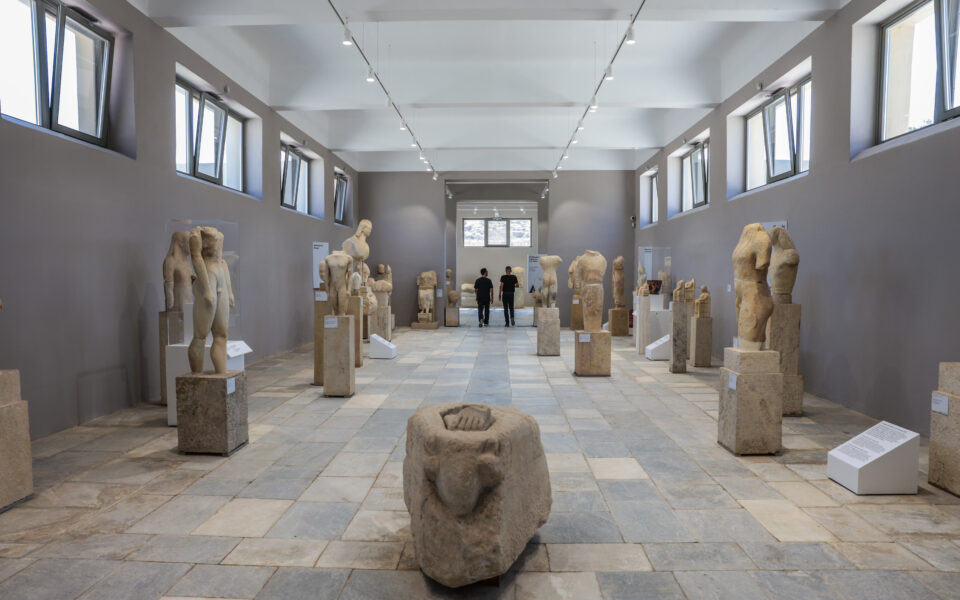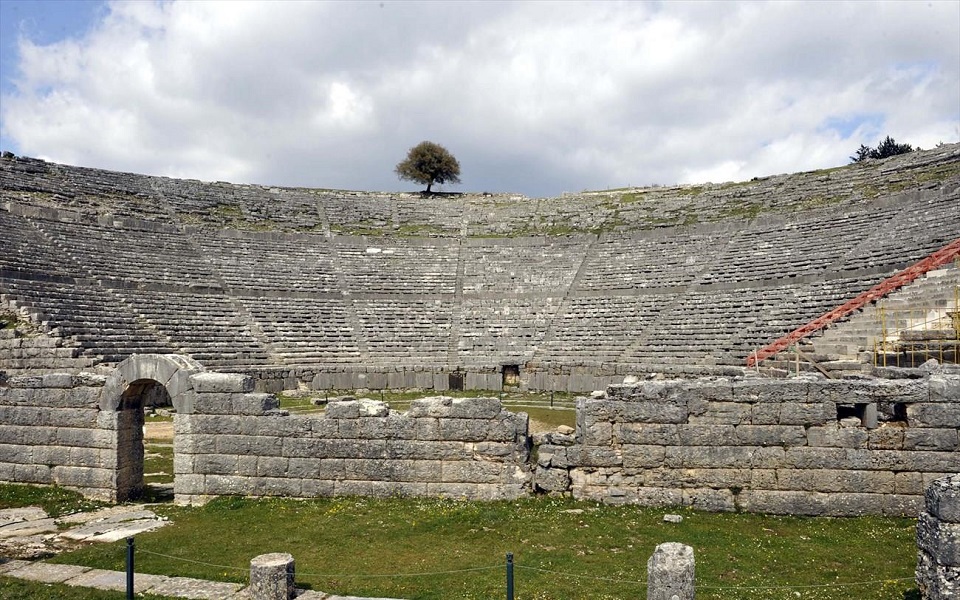Emperor Saint Constantine the Great’s gigantic statue unveiled in Rome


On Tuesday, a contemporary reconstruction of the ancient Colossus of Constantine was unveiled at the Capitoline Museums in Rome. This reconstruction was accomplished through the use of 3D modelling technology.
Historians have identified several fragments of the original statue that were utilised in the reconstruction process to restore it to its original proportions and appearance. These fragments comprised the head, legs, right arm and hand, right knee and thigh, wrist, and bicep.
This 13-meter-tall statue is the most remarkable fragment discovered in Rome, according to Claudio Parisi Presicce, the curator in control of Roman monuments, as reported by Agerpres.
Positioned in the garden of Villa Caffarilli of the Capitoline Museums, the statue was commissioned from where the Temple of Jupiter Optimus Maximus once stood. Historiographers posit that the statue of Emperor Constantine might have been fashioned from the statue of Jupiter.
By utilising 3D technology, the fragments were positioned, and the internal aluminium structure, presumably initially composed of stone, wood, and metal components, was designed.
“To achieve the appearance of neutral white marble, the reconstructed components were constructed from polyurethane reinforced with multiple layers of resin combined with marble powder and mica,” according to a press release by the Capitoline Museums.


The Factum Foundation started the reconstruction project for Technology and Preservation.
Emperor Saint Constantine the Great, commemorated annually on May 21 along with his mother, Empress Helen, was the Roman emperor during which Christianity became a permitted religion. The first Ecumenical Council was held at Nicaea in 325 during his reign.
According to church historians Eusebius of Caesarea and Lactantius, before the battle against Maxentius at Pons Milvius (Eagle’s Bridge) on October 28, 312, Constantine observed a luminous cross above the sun during the day. The cross bore the inscription “in hoc signo vinces” (which translates to “by this sign, you will prevail”).
An enduring indication of Constantine’s conviction in divine assistance can be found in the inscription adorning the Arch of Constantine in Rome. This inscription affirms that his victory over the adversary was “instinctu divinitatis” (or “by divine inspiration”).
He died on May 22, 337, being buried in the “Holy Apostles” Church in Constantinople.
Photography courtesy of Musei Capitolini
Source: basilica.ro




